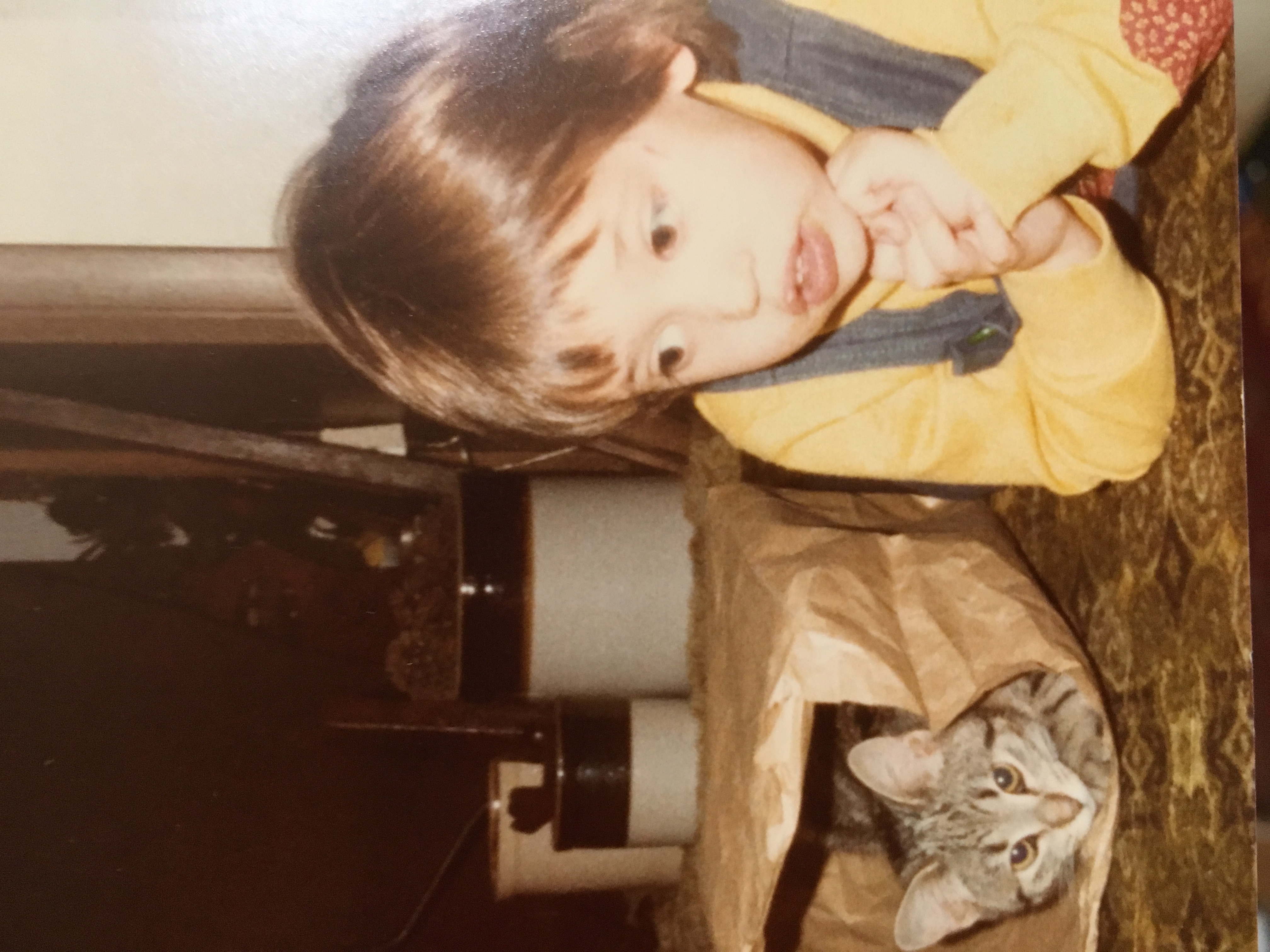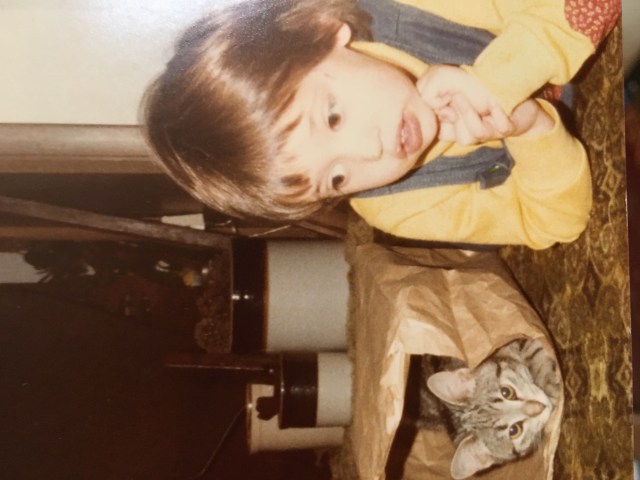
When learning to drive a car, one of the most important things they teach you is to always be aware of the blind spots, (you know, the areas around the car that you aren’t able to see). But, did you know our brains and eyes also have blind spots? And, as it turns out, these blind spots can have a big impact on our perception of the world around us, including how we think about race.
Before we can begin understanding the complex and overlapping interplay of how race impacts a person’s life, we must first understand how our brain processes information and how hidden biases influence unconscious decisions. This is arguably some of the most important work we can do in raising kids who understand and actively work against racism.
How Our Brains Process Information
Did you know that even the way our eyes relay information to the brain includes blind spots? We all have fields of vision where we can’t see but our brains fill in the missing information for us. If you’d like to see how this works, this test will show you. Take a moment to check it out and then rejoin us.
So what does this have to do with racism, or any -ism for that matter? Well, not only does your brain fill in visual blanks, but it also fills in unknown information about people we meet without us even being aware that it’s happening.
Along with the physical blind spot in our eyes, humans also have psychological blind spots called hidden biases which factor into every decision we make. These channels include automatic, unconscious, and unintentional thoughts presented in a nice bundle that we perceive as our own intentional thought even though our brains filled in some of the information for us.
What Is a Hidden Bias?
Hidden biases are actually bits of information we’ve accumulated over the years about various social groups we’ve encountered or heard about from parents, friends, family, observations, TV, games, etc. Remember, more information is “caught than taught” in the form of observations and unintentional “lessons” learned by watching how people interact with one another. All of this is to say, we’ve formed some of our biases unconsciously and it takes conscious work to become aware of how these influence our thoughts. The field of psychology now generally accepts that some human behavior is driven unconsciously and that we can be influenced by hidden biases.
So What Can We Do about All of This?
So how do you change these unconscious thoughts about people you’ve never even met? Below is a list of things you can do which will begin rewiring your brain and help minimize hidden biases.
1. Find Out What Your Biases Are: Two psychologists, Mahzarin Banaji and Anthony Greenwald, have spent their careers studying ways to assess hidden biases. They developed the Implicit Association Test (IAT) which is able to pull back our own curtain and peek into our “unconscious” mind. Be prepared though, because the results may surprise you. Click here to take a test or two.
2. Take Some Courses Focused on Overcoming Hidden Bias: The Kirwan Institute for the Study of Race and Ethnicity developed an online course to help people decrease hidden associations/biases by doing daily recommended activities. Click here to learn more.
3. Actively Seek Out Making Friends of a Different Race: Think about your 3 best friends. Studies have predicted they are all the same race as you. (Of course, there are always outliers). Hanging out with friends of the same race isn’t bad. However, limiting your exposure to people outside of your “in-group” (a term used in psychology to describe people who share certain characteristics) is said to perpetuate both positive and negative stereotypes about “others” and are maintained by a lack of connection to people outside of said “group.” So, make some new friends. Start a local “Meet-Up” group in your neighborhood and model for your children how to reach out and connect to others.
4. Expose Yourself to Counter-stereotyping Imagery: To change the narrative, you must change the imagery and associations. One way to do this is as simple as switching up your screensaver. Have positive pictures of people of all colors and cultures rotate across the screen. Watch shows starring people of color in leading and heroic roles. Make sure the shows and cartoons your children watch offer a variety of ethnicity and culture which is accurately depicted. If a show you are watching starts playing into negative stereotypes shut it off. Seek out new friends on your social media accounts that share common interests as you but come from a different culture.
5. Learn about People You Admire from Underrepresented Groups: Researchers have proven that by simply admiring someone who is different from you can undo hidden biases. So order a book or two about someone you’ve always wanted to learn more about and start reading.
It’s not easy facing our hidden biases. Personally, I was quite surprised at some of my results on the IAT test and have already ordered a bunch of books and am reaching out to make new friends in my neighborhood. For long-term positive changes in our society against racism, the change needs to begin at home, with you.
And, if we want our children to grow up and embrace all the diversity the world has to offer, we must model the behaviors we wish to see. That means reading books, watching different shows, going out of your way to invite a family over for dinner and talking about tough issues like race and society.
Our kids need to see us taking steps toward understanding. By becoming aware of our hidden biases we are able to work on changing our thoughts and actions towards those who are different from us.











